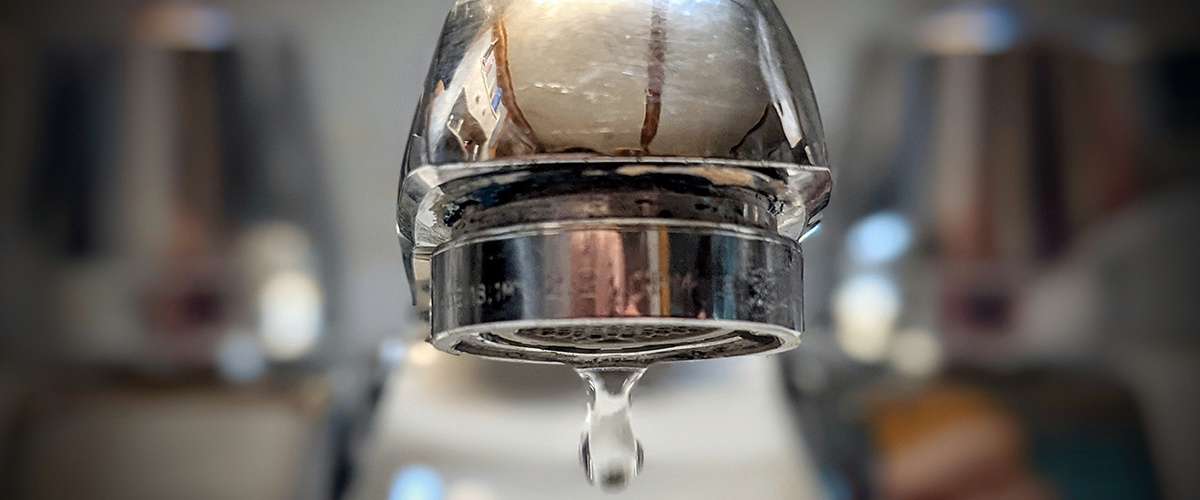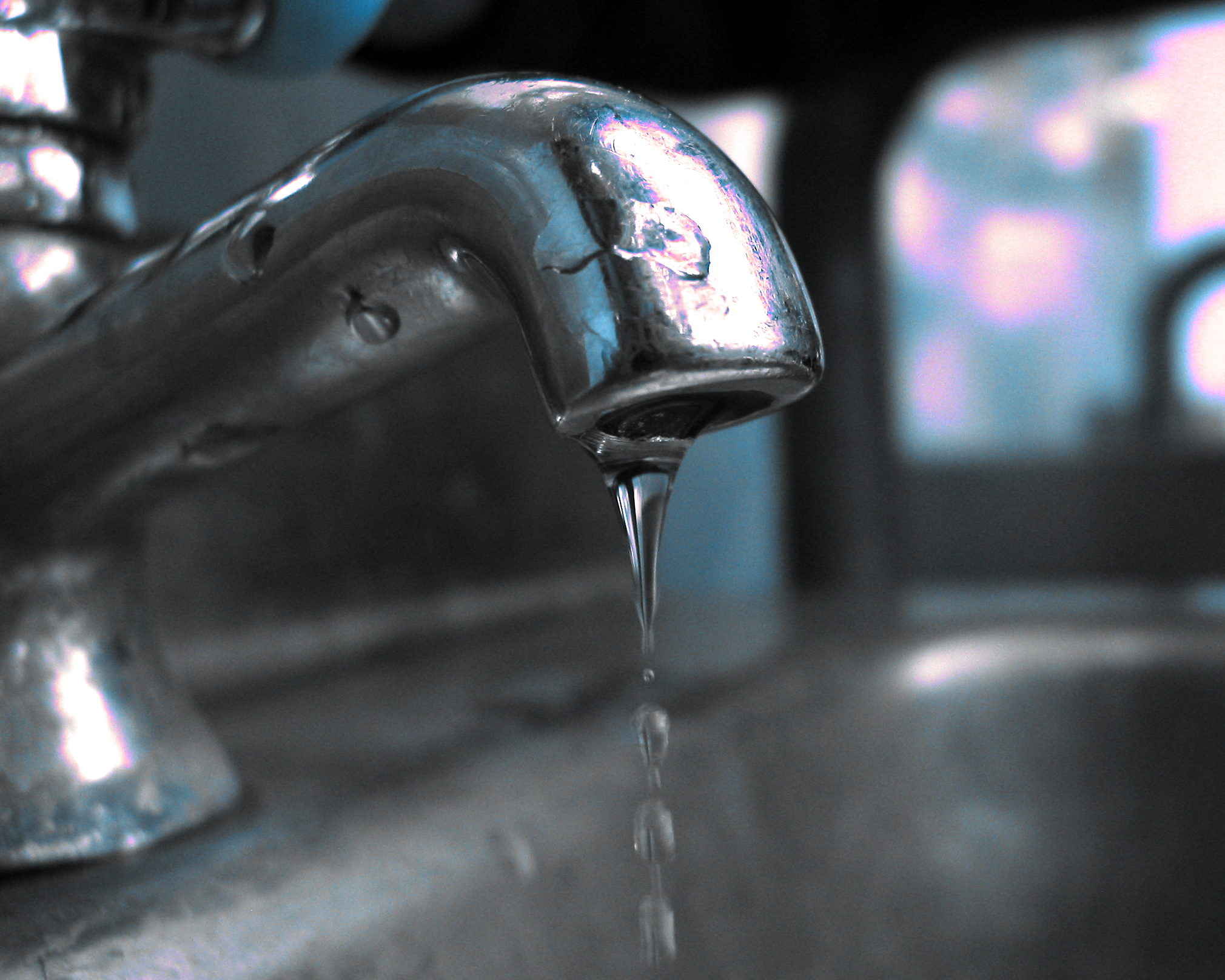Here in the next paragraphs you will discover lots of outstanding resources about Why Are My Faucets Dripping (And Can I Fix It Myself)?.

Leaking faucets might appear like a small hassle, however their influence goes beyond just the annoyance of the noise. From drainage to sustaining unneeded financial costs and health and wellness dangers, neglecting a trickling tap can bring about different consequences. In this short article, we'll explore why it's important to resolve this typical home problem quickly and effectively.
Wastage of Water
Ecological Influence
Leaking faucets add substantially to water waste. According to the Environmental Protection Agency (EPA), a single tap dripping at one drip per secondly can squander greater than 3,000 gallons of water annually. This not just strains water sources however additionally impacts ecosystems and wild animals depending on them.
Step-by-Step Guide to Repairing a Dripping Tap
Tools Needed
Prior to trying to repair a trickling tap, gather the essential tools, including a flexible wrench, screwdrivers, substitute components (such as washers or cartridges), and plumber's tape.
Common Faucet Issues and Their Solutions
Determine the type of faucet and the certain problem creating the drip. Usual troubles consist of damaged washing machines, corroded shutoff seats, or faulty O-rings. Refer to manufacturer directions or online tutorials for detailed guidance on repair work.
Financial Prices
Raised Water Costs
Beyond the ecological impact, trickling faucets can pump up water costs substantially. The collected wastefulness over time equates right into greater energy expenses, which could have been stayed clear of with prompt fixings.
Potential Residential Property Damages
In addition, long term dripping can lead to harm to fixtures and surface areas surrounding the tap. Water accumulation can create discoloration, rust, and also structural problems if left neglected, leading to added repair work expenses.
Health Issues
Mold And Mildew and Mildew Growth
The consistent visibility of moisture from a leaking tap produces an ideal environment for mold and mold development. These fungis not just compromise indoor air quality however likewise present health threats, specifically for people with respiratory system conditions or allergies.
Waterborne Diseases
Stagnant water in dripping faucets can come to be a breeding place for microorganisms and various other microorganisms, enhancing the risk of waterborne diseases. Impurities such as Legionella microorganisms prosper in stagnant water, potentially bring about serious ailments when consumed or inhaled.
Do it yourself vs. Specialist Repair service
Pros and Cons of DIY Fixing
While some might attempt to take care of a trickling tap themselves, DIY fixings feature their very own collection of challenges. Without correct knowledge and tools, do it yourself attempts can aggravate the issue or cause insufficient repair work, extending the problem.
Advantages of Hiring an Expert Plumber
Hiring a professional plumber makes sure that the underlying reason for the trickling faucet is addressed successfully. Plumbing technicians have the competence and tools to diagnose and fix faucet issues effectively, conserving time and minimizing the risk of additional damage.
Environmental Responsibility
Private Contribution to Preservation
Taking obligation for taking care of trickling taps aligns with wider initiatives towards water preservation and environmental sustainability. Every person's activities jointly make a substantial effect on preserving precious sources.
Lasting Living Practices
By prioritizing prompt repairs and taking on water-saving behaviors, individuals add to lasting living practices that benefit both existing and future generations.
Preventive Measures
Routine Upkeep Tips
To stop trickling faucets, carry out regular maintenance such as cleansing aerators, inspecting for leakages, and replacing worn-out components without delay. Furthermore, consider setting up water-saving tools or upgrading to a lot more reliable fixtures.
Value of Prompt Services
Dealing with leaking taps as quickly as they're seen prevents additional water waste and prospective damages, inevitably conserving both water and cash in the future.
Influence On Home Value
Understanding of Well-Maintained Home
Maintaining a residential or commercial property in good condition, consisting of dealing with upkeep problems like trickling faucets, enhances its viewed value and charm among possible buyers or occupants.
Influence on Resale Worth
Characteristics with properly maintained plumbing fixtures, consisting of faucets, command higher resale worths in the real estate market. Attending to trickling faucets can contribute to a favorable impression throughout residential or commercial property examinations and arrangements.
Verdict
Attending to a trickling faucet goes beyond simple benefit; it's a vital step toward saving water, minimizing economic prices, and guarding wellness and residential or commercial property. Whether through DIY repairs or expert support, acting to fix trickling taps is a little yet impactful way to advertise accountable stewardship of resources and add to a much healthier, much more lasting future.
How to Fix a Dripping or Leaky Faucet
A leaking faucet is one of the most common problems that homeowners encounter, but it being commonplace doesn’t make it any less annoying. The constant drip drip drip of a leaking bathtub faucet, showerhead, or sink tap can disturb your home’s serenity. Left neglected, a dripping faucet can also result in higher water bills and discoloration or mold growth in your sink or plumbing fixtures.
Fortunately, you don’t have to be a trained plumber to know how to stop a dripping faucet. With some basic tools, replacement parts, and a little patience, leaky faucet repair is a breeze. In this article, we’ll explain what causes dripping faucets and how you can fix them.
What Causes a Leaking Faucet?
Kitchen and bathroom faucets come in all manner of designs, but most involve some combination of valves, O-rings, seals, and washers. The O-ring is usually the weakest link, but any one of these pieces can wear down over time. Heat, moisture, temperature fluctuations, minerals, mold, and movement can contribute to warping and corrosion, breaking the watertight seal. This just comes with the territory of being a homeowner. Everything is always subject to wear and tear, and some component parts of your appliances and fixtures need to be replaced on occasion. At least replacement O-rings are cheap!
More rarely, dripping faucets can be a symptom of excessively high water pressure. Were this the case in your home, you would probably notice that the leak is not isolated to one faucet. Water pressure issues are harder to resolve on your own. We recommend contacting a professional plumber if you suspect your water pressure is too high.
How to Fix a Dripping Faucet
Pipe wrench or monkey wrench Allen wrench set Screwdrivers Old towel or rag Shut off the water.
Before you do anything, you need to turn off the water to keep from drenching your kitchen or bathroom. You should find a valve under the sink and against the wall. Once you’ve turned this valve, try turning the faucet on to confirm that the water source has been cut off.
If you can’t locate your local valve for the faucet you’re working on, you can always shut off the water to the house at the main valve. Of course, this will prohibit anyone from using the sinks, showers, or toilets while you’re working on the faucet that’s giving you trouble.
Plug or block the drain.
You’ll be disassembling the faucet and removing some small bits of hardware. Plug the drain with a stopper or rag to avoid the possibility of a small screw falling into your P-trap.
Take apart the faucet assembly.
There are several varieties of kitchen and bathroom faucets, each with its own manner of assembly. For detailed instructions on how to disassemble your faucet, you can refer to the fixture’s manual or contact the manufacturer. If you know whether you have a ball, disc, cartridge, or compression faucet, you can find detailed schematics online.
In general, you need to begin by removing the faucet handles. You might notice a small screw that you’ll need to remove with a screwdriver or Allen wrench. If you don’t see any visible securing hardware, it’s likely hidden under a decorative cap that can be unscrewed or popped off with flathead screwdriver.
Remove each piece methodically, consulting a schematic when necessary. Take notes or arrange the pieces in such a way to make it easier to correctly reassemble the faucet later.
Remove the cartridge.
Once you’ve removed the handles and securing hardware, you should be able to remove the valve cartridge or stem. Some cartridges will slide right out. Other faucet models will require you to loosen a nut with a pipe wrench before you can remove the valve stem.
Examine the exposed hardware.
With the cartridge or stem removed, inspect the component parts. Check the rubber O-rings for wear and tear. Also examine the seat washer for corrosion or other damage. These pieces are usually the responsible parties for a dripping faucet, but it’s worth inspecting the other component parts while you have the faucet disassembled.
Find replacement parts.
Once you’ve identified which faucet component has failed, find an identical replacement. Your local hardware store should have O-rings, seat washers, and other standard components in stock. If you have a luxury or uncommon faucet, you may have to contact the manufacturer for a replacement part.
It’s a good idea to take your old parts with you to the hardware store so you can compare them with the store’s inventory and be sure you’re purchasing the correct replacement.
Reassemble the faucet.
With your new parts in hand, reconstruct the faucet and handles. Don’t be tempted to overtighten screws or nuts. You might think this could create a better seal, but it can instead damage or bend a delicate part of the assembly and create a new problem for you.
Turn on the water and test the faucet.
The only thing left to do is test your work. Unplug the sink, turn the water back on, and try the faucet. Congratulate yourself on a job well done!
https://www.libertyhomeguard.com/how-to-fix-a-dripping-or-leaky-faucet/

I'm just very inquisitive about Why Is It Important To Fix Your Leaking Tap/Faucet? and I hope you enjoyed reading the blog entry. Enjoyed reading our post? Please share it. Let someone else discover it. We value your readership.